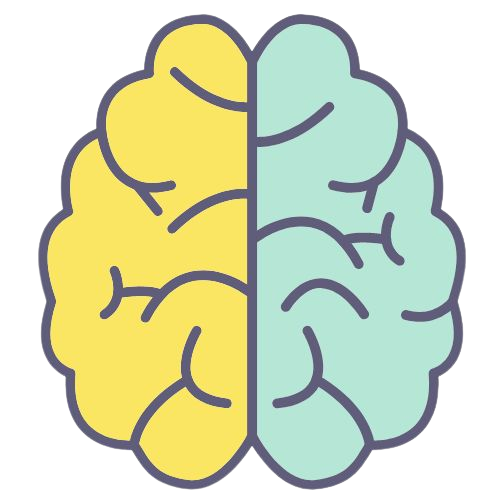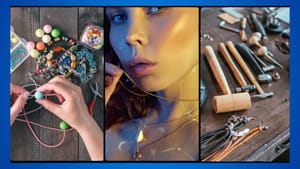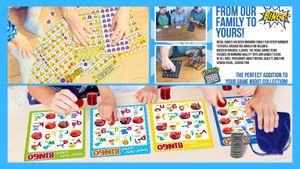"De-pain" your accessory navicular syndrome with these exercises
If you've been diagnosed with accessory navicular syndrome, or "streepneumarus pain syndrome" as it's commonly known, then you know the drill. Rest, ice, elevation...and way too much time spent on the internet reading about exercises that "might" help alleviate the pain. Well, good news! We've compiled a list of exercises that are proven to help with ANS pain. So put down that E-reader and get ready to press "play".
The first exercise is called the "Chair Stretch"
You'll need a comfortable chair and a towel for this one. Sit in the chair with both feet on the ground and your knees at 90 degree angles. Take the towel and loop it around the ball of your foot. Hold on to both ends of the towel and gently pull your foot towards you while keeping your knee in place. You should feel a stretch in your arch. Hold for 30 seconds and repeat 3 times on each foot.
The next exercise is called the "Towel Curl".
This one also uses a towel, but you'll also need a hard surface to rest your foot on (a dishes towel over a tile floor works well). Sit in a chair with your affected leg propped up on the hard surface in front of you. Place the towel under your foot and hold on to both ends of the towel. Gently curl your toes towards you, curling the towel as you go. You should feel a stretch in your calf muscle. Hold for 30 seconds and repeat 3 times on each foot.
The last exercise is called the "Balance Exercise".
You'll need a stable surface that you can stand barefoot on without wobbling (a carpeted floor or yoga mat works well). Start by standing on one leg with your knee slightly bent. Make sure you have something to grab onto if needed (a countertop, wall, or chair). Slowly raise your heel off of the floor and stand up onto your toes. Try to hold this position for 20 seconds before returning to starting position and repeating 3 times on each foot. Once this becomes easy, try doing it with eyes closed.
Conclusion:
Accessory navicular syndrome can be a real pain in...well, you know where. But don't despair! These exercises will help strengthen the muscles around your affected area and take some of the pressure off of your painful navicular bone. Just remember to listen to your body; if something hurts, stop doing that thing immediately! As always, check with your doctor before beginning any new exercises regime.
One More Thing:
If your looking for a good pair of shoes that will deminish the pain, don't worry. We've done the research for you and searched blogs, articles and reviews on Amazon to find the best shoes for your issue. We've compiled a list of the 9 best shoes that we have found for men and women and compiles them on a blog that tells why we chose them and important thing you need to know. We've also answered numerous questions that readers ask abou the syndrome.
So kickback and relax and top the button below to read about the 9 best shoes for Accessory navicular syndrome. When you have found your best shoes, click the button below the item to check the price on Amazon. Your feet will thank you!




